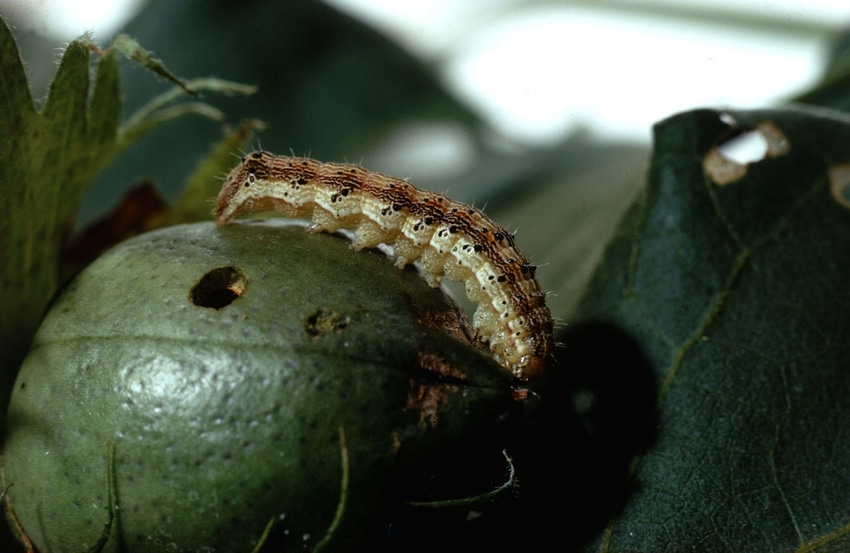
After World War II and prior to the advent of integrated pest management that began in the 1970s and increased in the 1980s, farmers may have known what pests they had but they didn’t know the populations numbers, they didn’t know the stage of development and they didn’t understand how weather impacts pest populations.
As David Epstein, senior entomologist for USDA’s Office of Pest Management, puts it, prior to IPM, most farmers would use a spray program where their dealer brought them a list and said spray this pesticide at this time of year throughout the year. “IPM took us away from that,” Epstein said at a sustainability symposium sponsored by the Biological Products Industry Association in Orlando in October.
In IPM, everything is based on monitoring. IPM is about knowing the pests, knowing the plant and knowing the barriers of control. “It also takes into account that farmers are running a business so there are socio and economic conditions that fit into this problem,” Epstein says.
For farmers, IPM is good business. They don’t want to pay for pesticide applications if they won’t do any good. But if a pest is there that will nibble away the bottom line, it certainly is a must to have choices to control those pests and that includes pesticides.
IPM acknowledges that famers use pesticides. Conventional producers use them and organic farmers use them as well, turning to products that are not synthetic but naturally sourced. “Farms are not natural ecosystems, and pests are going to have to be managed. We need pesticides to do it,” Epstein said.
The USDA entomologist laments that IPM is not lauded far and wide as sustainable agriculture. He says the systems-thinking approach that IPM promotes is certainly sustainable agriculture. IPM is all about the informed, wise use of crop protection products. It takes into account the financial, physical and human aspects of farm operations.
“The major consideration in sustainability is keeping the farmer in business to provide a safe and affordable supply of food,” Epstein said.
Scouting and the use of such tools as sweep nets isn’t really that fun, but it is a practice entomologists emphasize as key for integrated pest management. You need to know what pests you have and control them accordingly.
About the Author(s)
You May Also Like






